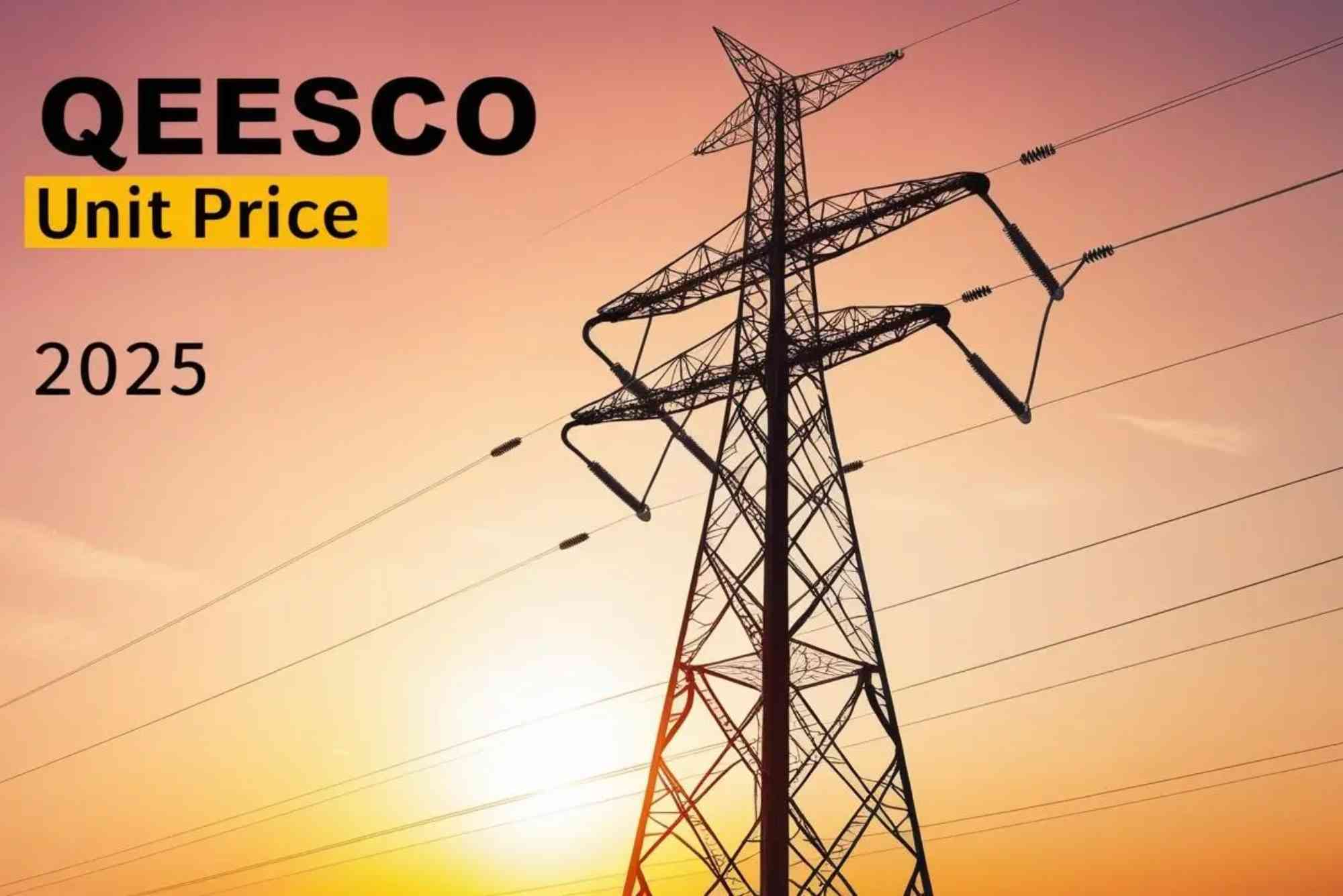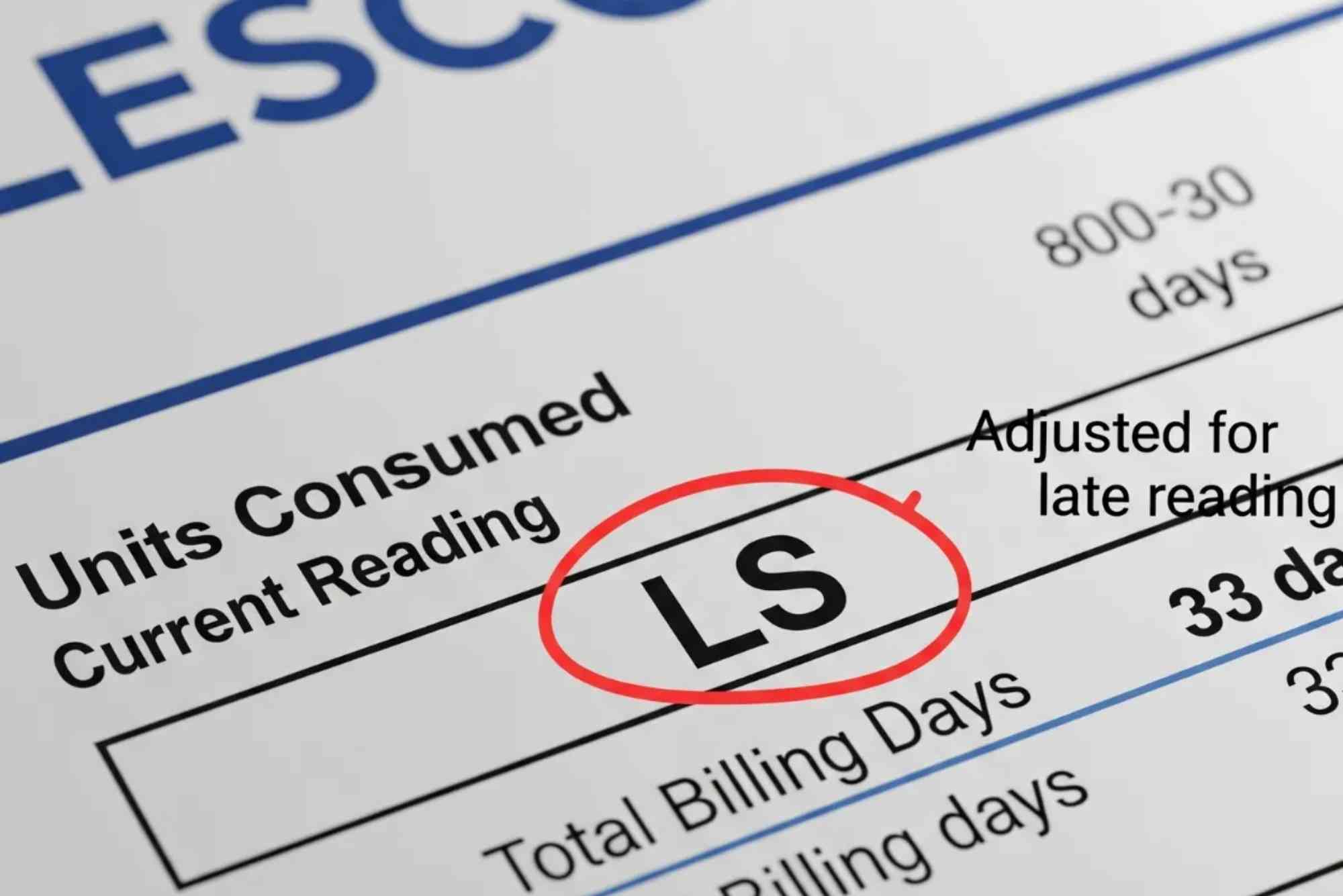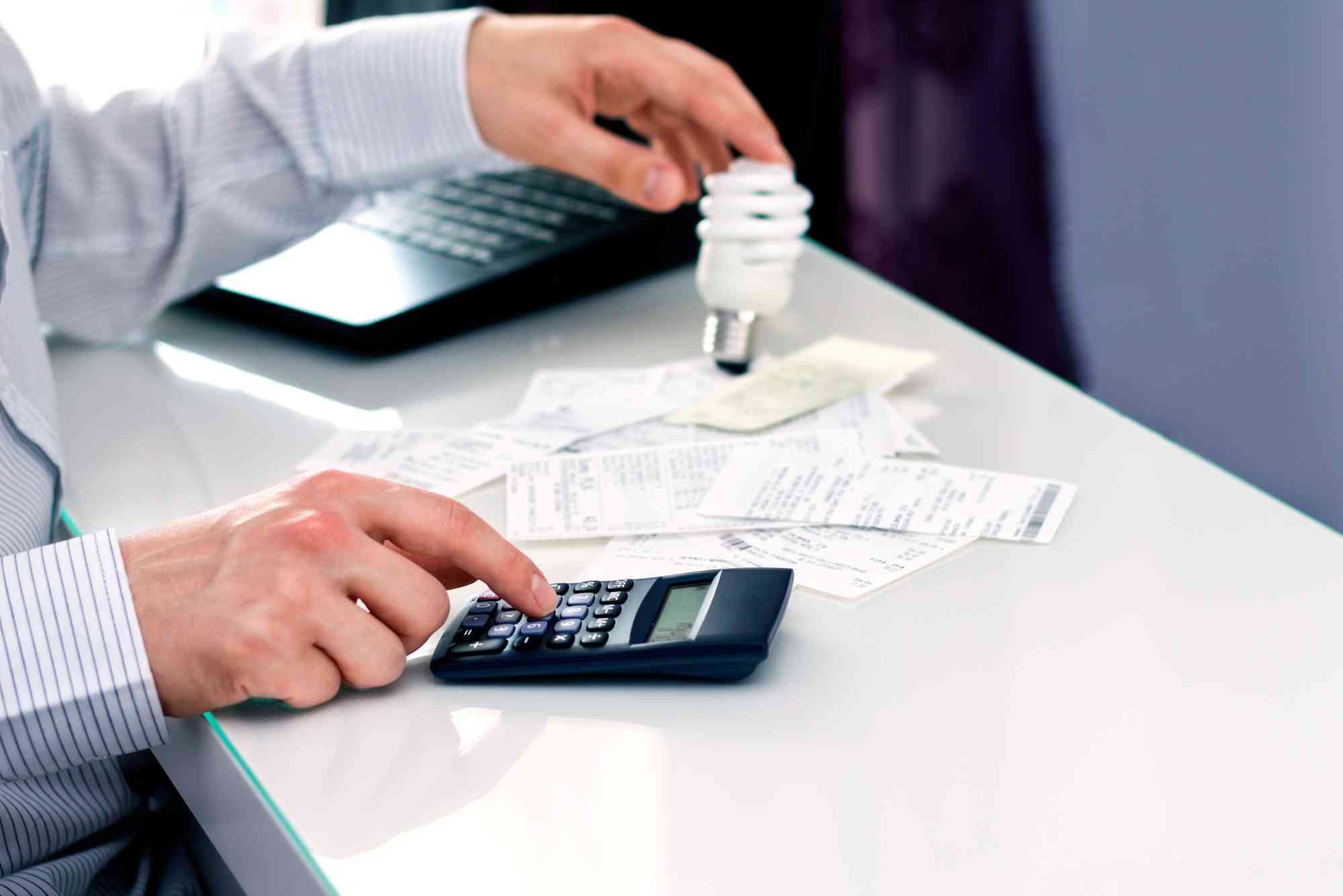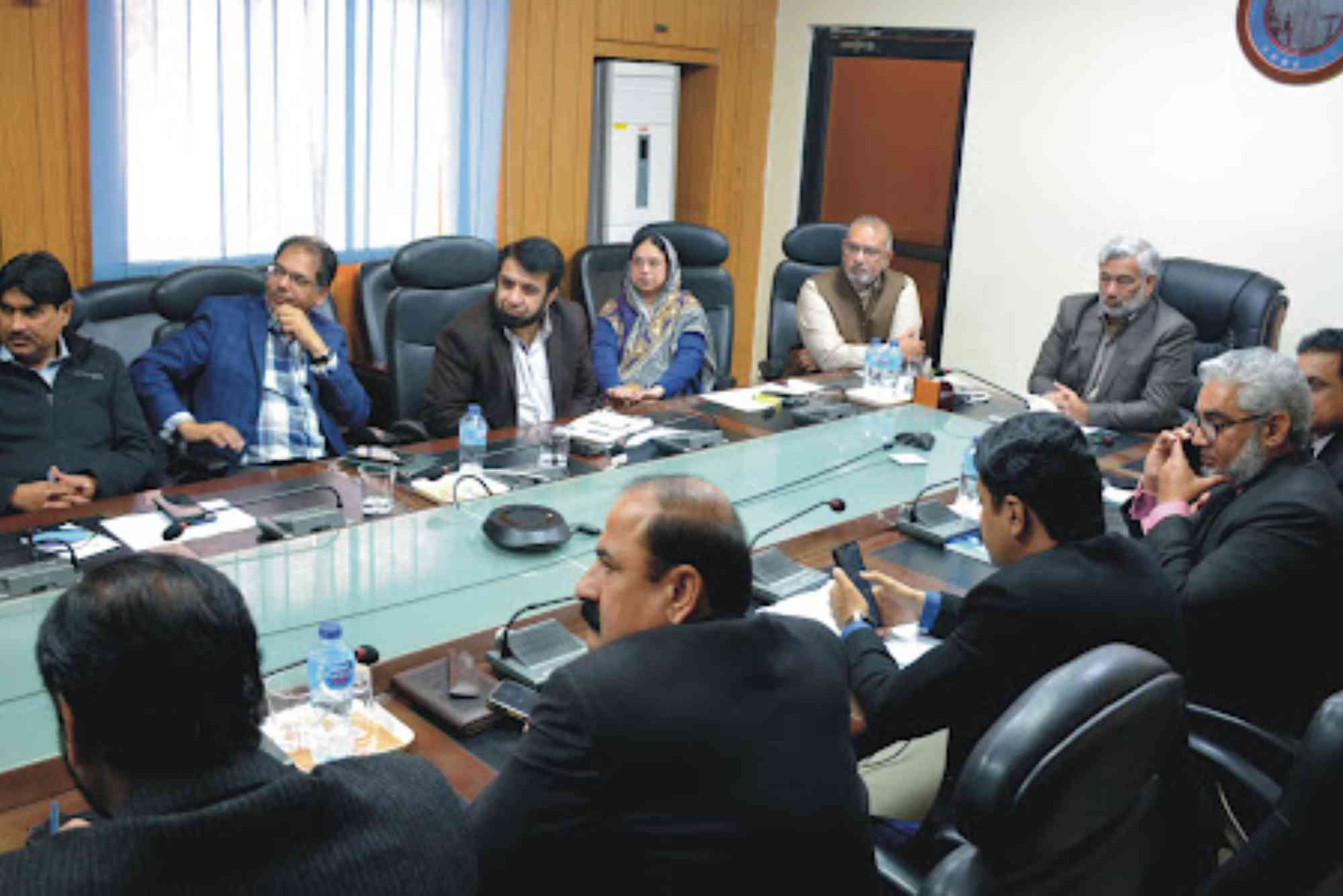Introduction
If you are a consumer of the Lahore Electric Supply Company (LESCO), understanding the “lesco unit rate” is essential. This term refers to what you pay per kilowatt-hour (kWh) of electricity consumed. In this article, we’ll explain how the LESCO tariff is structured, the current unit rates for different consumer categories, and how you can manage your electricity consumption efficiently. By the end, you’ll know how to interpret your bill and take control of your energy costs.
What Does “Lesco Unit Rate” Mean?
The Concept of Unit Rate
Each kilowatt-hour (kWh) you use is called one “unit” of electricity. The “lesco unit rate” represents the cost you pay for each unit consumed. So, if you use 100 units in a month, your bill will depend on the rate assigned to that slab of consumption.
Why the Unit Rate Matters
Your total electricity bill is calculated by multiplying the number of units consumed by the unit rate and adding fixed charges, taxes, and adjustments. Any change in the unit rate directly affects your total monthly bill, which is why it’s important to stay updated on LESCO’s rates.
Who Regulates the Rates
LESCO operates under the supervision of NEPRA (National Electric Power Regulatory Authority), which sets and adjusts the tariff based on fuel cost variations, government policies, and other factors.
The Structure of LESCO Tariff
Domestic (Residential) Consumers
For domestic users, the lesco unit rate follows a slab-based structure. This means the rate per unit increases as consumption rises. The first few units are billed at a lower rate to support affordability, while higher usage incurs a higher rate.
For instance:
- 1 to 100 units fall in the lowest rate slab.
- 101 to 200 units are billed at a slightly higher rate.
- 201 to 300, 301 to 400, and beyond 700 units are progressively more expensive.
This progressive structure encourages energy conservation and fair billing.
Fixed Charges and Minimum Bills
In addition to the per-unit cost, every consumer pays fixed charges depending on the type of connection (single-phase or three-phase). Even if you consume very little electricity, you will still have to pay the minimum bill to cover service availability.
Commercial and Industrial Consumers
Commercial and industrial connections have separate unit rates and demand charges. Their tariffs depend on load category and time of usage, with special rates for peak and off-peak hours.
Current LESCO Unit Rates (Approximate)
Here is an overview of the recent unit rates for domestic consumers under LESCO. These figures can vary slightly depending on government notifications and fuel price adjustments.
- 1–100 units: Around Rs. 22.44 per unit
- 101–200 units: Around Rs. 28.91 per unit
- 201–300 units: Around Rs. 33.10 per unit
- 301–400 units: Around Rs. 37.99 per unit
- 401–500 units: Around Rs. 40.20 per unit
- 501–600 units: Around Rs. 41.88 per unit
- 601–700 units: Around Rs. 43.55 per unit
- Above 700 units: Around Rs. 47.69 per unit
For commercial connections, the rate per unit can range between Rs. 38 to Rs. 45, depending on demand and load category. Industrial rates may differ based on energy intensity and connection type.
How to Understand Your LESCO Bill
Identify Your Category
The first step is to check whether your connection is domestic, commercial, or industrial. The tariff structure and lesco unit rate differ for each category.
Note the Units Consumed
Check the number of units consumed during the billing period. This will determine which slab you fall into and what rate applies to you.
Calculate the Cost
Multiply the number of units by the unit rate for your slab. Add fixed charges, fuel price adjustments, taxes, and surcharges to get the final bill amount.
Review Taxes and Adjustments
Your bill includes various components like Fuel Price Adjustment (FPA), Quarterly Adjustments, TV License Fees, and General Sales Tax (GST). Understanding these helps you identify the reason for any increase.
Check for Time-of-Use (TOU)
If you have a TOU meter, your rates differ between peak and off-peak hours. Using more electricity during off-peak times can help reduce costs significantly.
Factors Influencing Lesco Unit Rate
Fuel Price Variations
Electricity generation depends heavily on fuel sources like gas, oil, and coal. When international fuel prices rise, LESCO’s unit rate increases to cover additional costs.
Government Subsidies and Policies
Government subsidies can lower the effective tariff for specific consumer categories, especially for low-income households. On the other hand, withdrawal of subsidies can lead to higher rates.
Seasonal Adjustments
LESCO may adjust rates during certain months, especially when electricity demand increases in summer.
NEPRA Adjustments
NEPRA periodically reviews the tariff based on operational costs, inflation, and currency fluctuations. These adjustments reflect in your monthly bill as “Quarterly Adjustments” or “Fuel Charges Adjustments.”
Transmission Losses
Energy lost during transmission and distribution affects overall costs. Higher losses often lead to higher unit rates to recover expenses.
How to Reduce Your Electricity Bill
Monitor and Control Usage
Track your monthly consumption. Staying within lower slabs helps you benefit from reduced unit rates.
Use Energy-Efficient Appliances
Switch to LED bulbs, inverter-based air conditioners, and energy-star-rated appliances. They use less power and reduce total units consumed.
Unplug Devices
Appliances left on standby still consume electricity. Unplug devices like chargers, TVs, and microwaves when not in use.
Optimize Usage Time
If you’re on a Time-of-Use plan, use high-load appliances like washing machines or irons during off-peak hours when the unit rate is lower.
Check Your Bill Regularly
You can use Lesco Online Bill Check to verify your current and past bills. It helps ensure accuracy and identify any unusual increase in unit consumption. The Online Bill Check option also allows you to download and print duplicate bills quickly.
Report Faulty Meters
A malfunctioning meter may record incorrect readings, leading to inflated bills. Contact LESCO’s customer service if you notice irregular consumption trends.
Consider Renewable Energy
Installing solar panels can drastically reduce your dependence on grid electricity and lower your monthly cost by offsetting high-slab consumption.
Why Understanding Lesco Unit Rate is Important
Being aware of the lesco unit rate helps you take control of your finances. It allows you to predict your monthly bills, plan energy-efficient habits, and avoid falling into higher tariff slabs. It also empowers you to question incorrect billing or understand why certain charges appear. Awareness is key to responsible consumption and financial planning.
Understanding the “lesco unit rate” empowers you to make informed energy decisions. By keeping track of how electricity charges are calculated, you can manage consumption, avoid higher slabs, and plan your budget effectively. Make it a habit to check your bill every month using Lesco Online Bill Check or the Online Bill Check feature. If you notice discrepancies, contact LESCO immediately to resolve them.
Electricity is a vital resource, and being aware of its cost structure is the first step toward smarter energy management. Stay informed, stay efficient, and take charge of your power consumption today.
FAQs
What is the LESCO unit rate for domestic consumers?
The rate starts from around Rs. 22.44 per unit for the first 100 units and increases with higher consumption slabs.
Why did my electricity bill increase suddenly?
Your bill may have increased due to entering a higher slab, fuel price adjustments, or regulatory changes in the lesco unit rate.
Do I have to pay if I use zero units?
Yes, all consumers must pay a minimum fixed charge, even if consumption is zero.
What are peak and off-peak hours in LESCO?
Peak hours are usually during the evening (6 PM to 10 PM), while off-peak hours cover the rest of the day. Using appliances during off-peak hours can lower your bill.
How can I check my LESCO bill online?
You can visit the official LESCO billing website and use Lesco Online Bill Check or Online Bill Check options to view and print your bill.
How often does NEPRA change the unit rate?
NEPRA reviews and adjusts electricity tariffs periodically, typically on a quarterly or annual basis, depending on fuel price fluctuations and economic conditions.
Are commercial rates different from domestic rates?
Yes, commercial and industrial rates are higher than domestic rates because of the higher energy demand and load category.
















